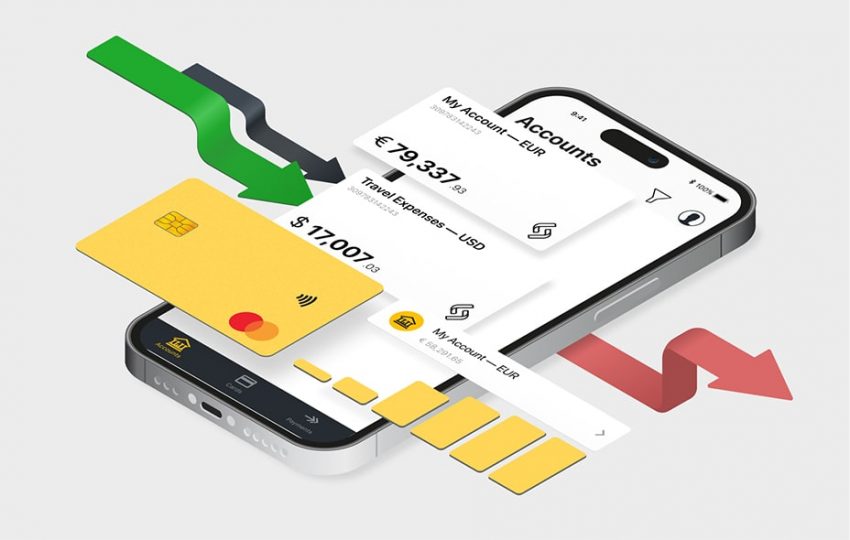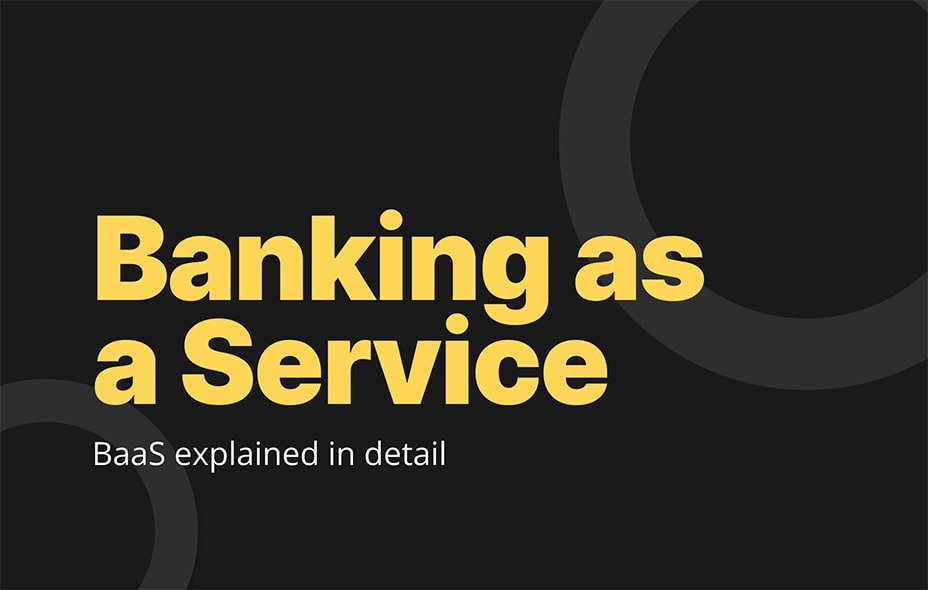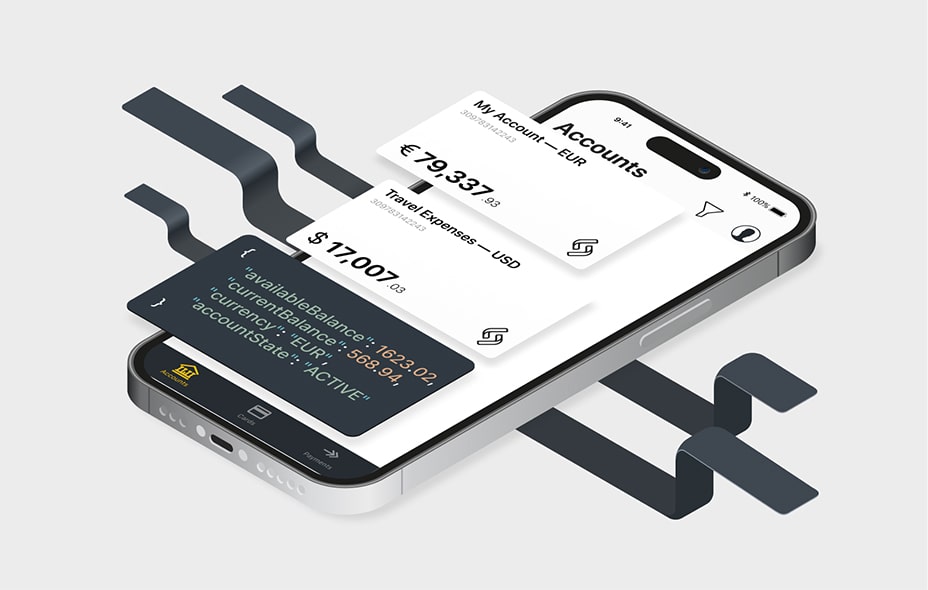Navigating Regulatory Dynamics for BaaS Providers

Regulators Are Becoming More Active: Implications for BaaS Providers
The realm of BaaS (Banking-as-a-Service) is experiencing a notable shift as regulators take on a more proactive stance. Among the regulatory developments, the Consumer Duty, a set of new regulations proposed by the UK Financial Conduct Authority (FCA), is poised to create significant ripples within the White Label digital banking landscape, particularly in Germany, Lithuania, and the Netherlands.
What does the Consumer Duty mean for BaaS?
The Consumer Duty ushers in a new era of accountability for BaaS providers in the UK. Under this framework, BaaS providers are held to the same duty of customer care obligations as their traditional banking counterparts. This mandates that White-label products and services must be meticulously designed to address the genuine needs of customers. In practical terms, BaaS providers might need to initiate operational adjustments, such as enhancing transparency in fee structures, elevating customer service quality, and refining their protocols for handling customer grievances.
BaaS Providers and EMI Licence: Navigating Regulatory Scrutiny
Amidst the evolving regulatory landscape, White Label banking providers operating under the electronic money institution (EMI) license in Europe are facing heightened scrutiny, particularly concerning consumer protection and AML (anti-money laundering) compliance. The European Banking Authority (EBA) has recently issued guidelines accentuating the importance of robust risk management and AML controls in the outsourcing of payment services by EMIs. Concurrently, national regulators in various European countries are intensifying their supervisory actions towards EMIs providing BaaS services, including Germany, Lithuania, and the Netherlands.
Some Insights: Preparing for Future BaaS Regulatory Changes
Heather O’Gorman, Head of Payment Services and Financial Crime at Thistle Initiatives, anticipates that payment service firms may soon be mandated to adopt rules akin to the Senior Managers & Certification Regime (SMCR). While e-money firms are currently exempt, the application of these rules could potentially reshape the EMI payment service landscape. This would require firms to assign individuals with explicit responsibility for specific aspects of their operations, marking a substantial change from the existing regime.
The Path Forward for BaaS Providers: Navigating Complexities
The journey ahead for White-label banking providers is intricately tied to regulatory compliance. As the regulatory landscape evolves, understanding and adapting to these dynamics will be pivotal in navigating the future of BaaS operations. Proactive engagement with regulatory requirements will undoubtedly emerge as a defining factor for success in this dynamic and transformative sector.
Evaluating BaaS Models and Risk Management Strategies
When it comes to BaaS, one size does not fit all. Brands venturing into the BaaS space need to consider their options meticulously, assessing the unique risks associated with different models. Whether it’s bank-led or agency-led model, understanding the intricacies is key to effective risk management.
- Bank-led models: In the bank-led model, brands collaborate with licensed banks for financial services. In this scenario, banks primarily manage product design, balance sheet management, and compliance activities. However, this model is not without its risks. Operational, compliance, and counterparty risks come to the forefront, potentially impacting system stability, regulatory alignment, and business continuity.
- Agency-led models: On the other hand, agency-led models involve brands utilizing a BaaS middleware platform to connect with one or several licensed banks, streamlining access to diversify banking products. Middleware providers handle integration, compliance, and technical aspects. However, this model comes with its own set of risks. These include concerns like vendor lock-in, integration complexity, data security, compliance, and potential additional costs. These risks can influence platform stability, data security, regulatory alignment, and overall profitability.
Navigating BaaS Landscape: Making Informed Decisions
As brands consider their foray into the White-label banking platform arena, they must weigh the advantages and pitfalls of each model. Careful evaluation is imperative, based on specific requirements, available resources, and risk tolerance. Ultimately, the success of a BaaS venture hinges on making informed decisions that align with both the brand’s goals and the evolving regulatory landscape. By understanding the nuances of each model, brands can strategically navigate the complex world of BaaS while minimizing risks and maximizing opportunities.








